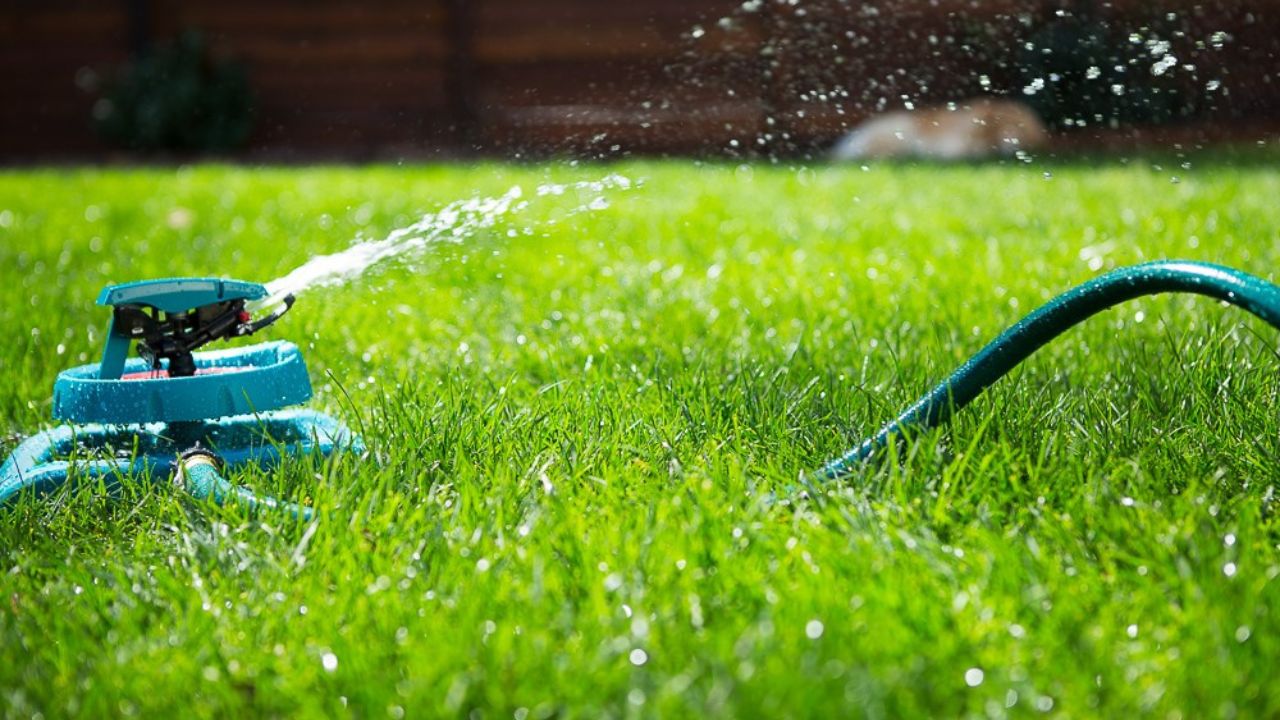Australia is a major agricultural player, renowned for its diverse farming across regions like the Murray-Darling Basin and Queensland’s fertile coastal areas. In these areas, advanced irrigation systems are crucial in maximising crop yields and efficiently managing water resources, essential in Australia’s varied climate. These systems are composed of various components, each serving a specific purpose to optimise irrigation. Understanding the key parts and their functions is essential for farmers and agricultural professionals, especially for buying parts like check valves in Australia, which are integral to system efficiency.
Irrigation Pumps: The Powerhouse
The heart of any irrigation system is the pump. It’s responsible for moving water from the source to the fields. Pumps come in various types, including submersible, centrifugal, and turbine, each suitable for different irrigation needs and water sources. The choice of pump affects the efficiency and effectiveness of the entire system.
Pipes and Tubing: The Distribution Network
Pipes and tubing form the distribution network of irrigation systems. They transport water from the pump to the crops. Materials vary from PVC to aluminium and polyethylene, each offering different benefits regarding durability, flexibility, and cost-effectiveness.
Sprinklers and Drip Emitters: Precision Watering
Sprinklers and drip emitters are the endpoints of the irrigation system. Sprinklers are ideal for covering large areas and can be stationary, rotating, or travelling. Drip emitters, on the other hand, deliver water directly to the plant roots, minimising waste and maximising efficiency, which is particularly beneficial in regions with water scarcity.
Valves and Controllers: The Regulators
Valves and controllers are the regulators of the irrigation system. They control the flow and pressure of water through the system. Among these, check valves play a crucial role. They prevent the backflow of water, protecting the system from contamination and damage. Automated controllers can schedule irrigation, making the process efficient and reducing the need for manual intervention.
Filters: Keeping the System Clean
Filters are essential in preventing clogging and maintaining the efficiency of the irrigation system. They remove debris and sediments from the water, which is particularly important in drip irrigation systems where small emitters can easily become blocked.
Pressure Gauges and Flow Meters: Monitoring for Efficiency
Pressure gauges and flow meters are vital for monitoring the system’s performance. Pressure gauges ensure that the system operates within safe pressure levels, while flow meters measure the rate of water flow, helping in the efficient management of water resources.
Sensors: The Intelligence of Irrigation
Sensors add a layer of intelligence to irrigation systems. Soil moisture sensors, for instance, provide real-time data on the water needs of crops, enabling precise irrigation. This technology is a game-changer in water conservation and ensuring optimal crop growth conditions.
Technology in Modern Irrigation
Technology plays an increasingly major role in modern irrigation systems. From GPS-based controllers to remote monitoring and IoT integration, technology enables more precise and efficient water use, which is critical in times of climate change and water scarcity.
Sustainability and Water Conservation
Advanced irrigation systems are not just about providing water to crops; they also play a crucial role in sustainability and water conservation. By using water more efficiently and reducing wastage, these systems contribute to the sustainable management of vital water resources.
Conclusion
Advanced irrigation systems are complex assemblies of various components, each serving a specific purpose to ensure efficient and effective water delivery to crops. Understanding these components, from pumps and pipes to check valves in Australia, is crucial for anyone involved in agricultural water management. With the right knowledge and technology, these systems can significantly improve crop yields, water conservation, and overall farm sustainability. As the agricultural sector evolves, so too will the technologies and strategies that support it, paving the way for a more efficient and sustainable future in farming.
